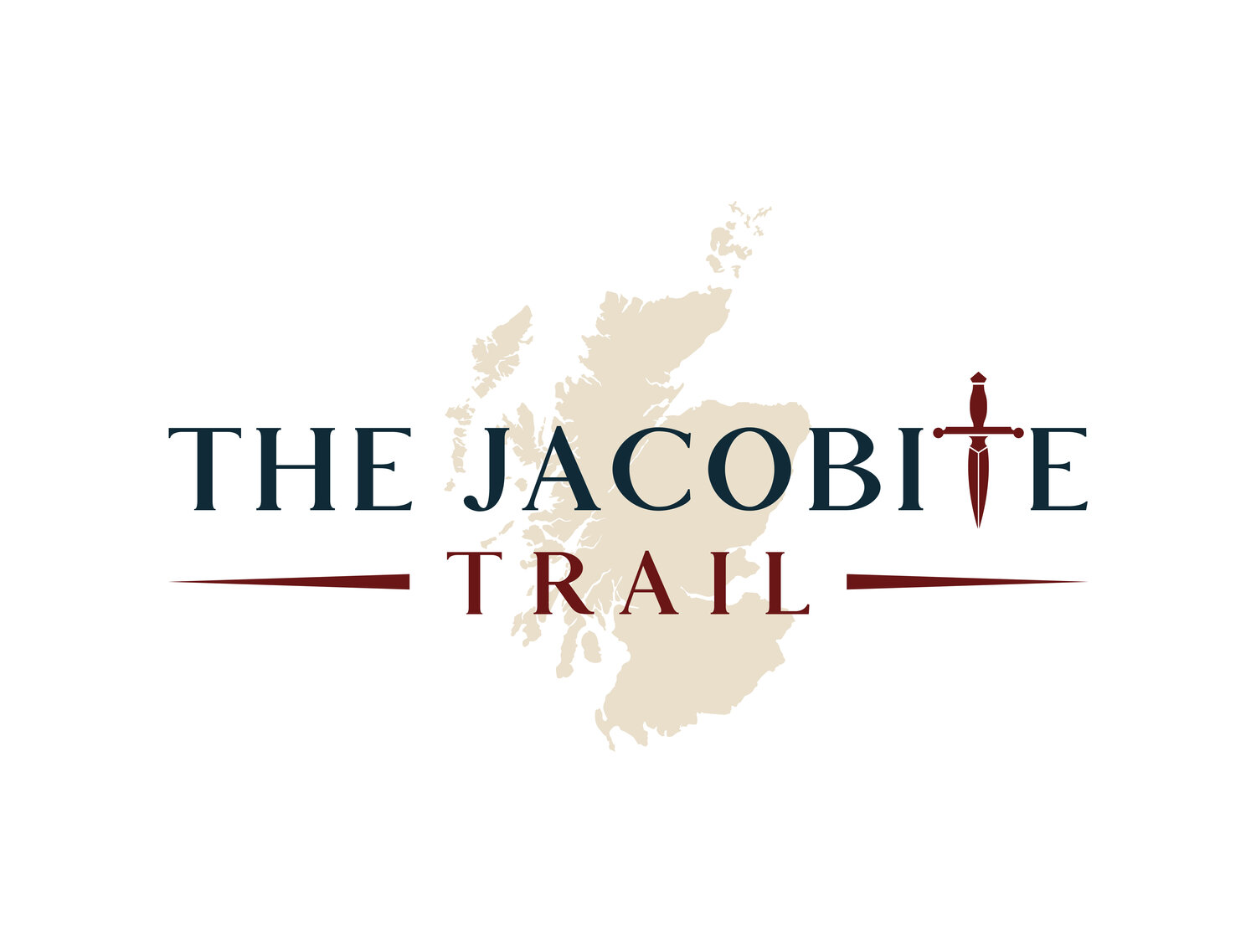
House of Dun
• Aberdeenshire•
The House of Dun is a National Trust for Scotland property in the parish of Dun, lying close to the edge of Montrose Basin and situated approximately half way between the towns of Montrose and Brechin, in Angus, Scotland.
Although the house as it currently stands was only built in 1743, the estate and previous building have been the home of the Erskine family (later Kennedy-Erskine) since 1375.
House of Dun and the Jacobites
The 11th Earl of Mar
John Erskine was the 11th Earl of Mar, and lived in the House of Dun from when he was born in 1675. He was an important landowner and politician, and he played an key role in the Act of Union between Scotland and England in 1707, and then went on to lead the Jacobites in the 1715 uprising. His frequent changes of sides led to him being known as ‘Bobbing John’, and to his losing the trust of just about everyone.
When George I arrived in England to take up his throne in 1714, John Erskine was serving in the Government as ‘Third Secretary for Great Britain’. He wrote George I a grovelling letter of welcome, in which he pledged his loyalty, but was then publicly snubbed by George.
This prompted the Earl of Mar to make a swift decision to back a different horse, and on 6 September 1715 he raised a standard for King James VIII at Braemar. He rapidly gathered an enthusiastic army of over 10,000 men and started to gain considerable ground in northern Scotland.
But there were three big problems with all of this. The first was that John Erskine had neglected to tell James in advance of his planned uprising. The second was that he had failed to coordinate his actions with Jacobite uprisings planned in England. Thirdly, the Earl of Mar was an administrator, not a soldier. As a result, what was by far the best opportunity the Jacobites would ever have of regaining power was squandered.
On 13 November 1715, a large part of the Earl of Mar's army was advancing from Perth when they met a much smaller government army at the battle of Sheriffmuir. Mar’s forces just about won on the day, but his army was in too much of a mess afterwards to pursue the retreating government troops, and instead he withdrew back to Perth.
Meanwhile, James Stuart was only able to reach Scotland on 22 December, when he landed at Peterhead. But by then he was too late, the uprising was all but over. The Jacobites abandoned Perth on 31 January 1716, and on the 4th February James Stuart and Mar, sailed out of Montrose, heading for France. Neither would ever return.
The Earl of Mar continued trying to raise foreign support for the Jacobite cause, but this all ended in 1721 when it emerged he had betrayed the leader of the English Jacobites, Francis Atterbury, Bishop of Rochester, probably in the hope of being given permission to return home. Many Jacobites had already ceased to trust him, but after this they all cut their ties with him.
Visitor Information
The house of Dun today retains much of is Georgian splendour (including artwork and decorations full of hidden Jacobite motifs), and you can view much of the interior restored to how it would have appeared in the 1800s.
But a visit to the House of Dun is about more than just the house itself. To the east of the house is a rectangular walled garden, and there are more gardens to the south, separated from the surrounding countryside by a ha-ha, a vertical drop intended to allow open views in, but keep sheep out. All of this has been returned to a form that would have been familiar to the house's first residents in the 1740s.
To the west of the house is a service courtyard, once home to the carriage houses and stables. Here you find the shop and tearoom, plus a number of restored rooms. In the centre is an impressive game larder. Beyond the confines of the house and gardens, the wider estate offers a number of longer walks.
Getting There
Location
House of Dun
Montrose
DD10 9LQ
What3Words reference
fresh.hillside.mothering
